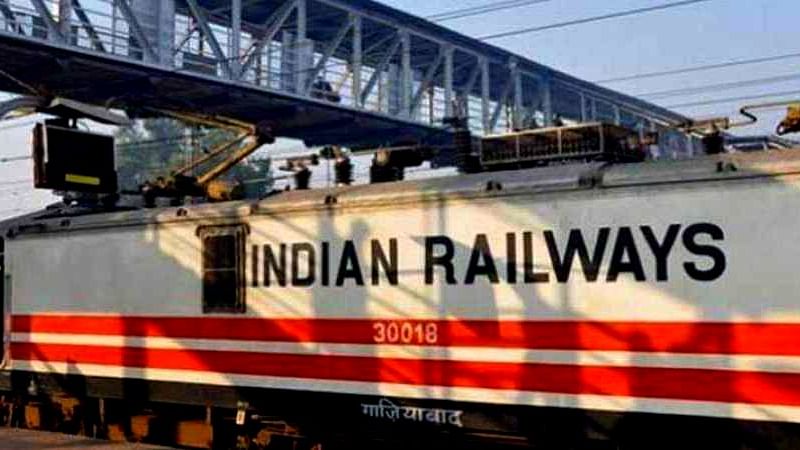New Delhi: The Indian Railways is working out a mega plan for becoming “Atma-Nirbhar” (self-sufficient) for its power needs, going fully green and achieving the net zero carbon emissions target by 2030. This will be done by installing solar plants of 20 GW (Giga Watt) capacity by utilising its vacant land in the next 10 years.
It is adopting a multi-pronged approach towards decarbonization which will be fulfilled by the solar projects, making it the first transport organisation to be energy self-sufficient. This will help in making Indian Railways green as well as “Atma-Nirbhar”.
In this regard, bids for 3 GW solar projects on vacant land along the railway tracks have already been invited by the Railway Energy Management Company Ltd. (REMCL), a PSU of Indian Railways. These solar projects, besides supplying power to Railways at reduced tariff, will also protect the railway land by construction of boundary wall along the track.
In order to achieve this objective, Indian Railways held discussions with key stakeholders under the chairmanship of the Minister of Railways and Commerce & Industry Piyush Goyal. The discussions involved issues like innovative solutions for setting up solar projects along the railway track and possible power procurement routes for achieving 20 GW renewable energy target, set by the Indian Railways, to become the net zero carbon emitter by 2030.
Prime Minister Narendra Modi recently directed the national carrier to solarise railway stations and utilise vacant railway land for renewable energy projects, which will also contribute towards the National Solar Mission, an initiative of the Government of India to promote solar power.
The Ministry of Railways, this is to be noted, has decided to give unused railway land for solar power plants in a big way. A pilot project of 1.7 MW capacity with direct connectivity to 25 KV traction system has been successfully operationalised in Bina. In addition, solar plant of 3 MW capacity has also been commissioned at Modern Coach Factory, Raebareli for non-traction applications. Two more projects– one at Diwana for 2 MW and another at Bhilai for 50 MW capacity for connectivity with State Transmission Utility and Central Transmission Utility respectively–are in progress.
According to a Ministry official, the use of solar power will accelerate the mission to achieve conversion of Indian Railways to a “Net Zero Carbon Emission Railway”. With the ambitious plan of achieving 100% electrification for Railways by 2023, Indian Railways’ energy consumption is set to become more than 33 billion units by 2030 from its current annual requirement of about 21 billion units.

